Not sure when to visit Iceland? We’ve got you covered with the pros and cons of every season, plus our verdict on the cheapest time to visit the island nation.
2023 could be the best year ever to visit Iceland. The tourists are yet to reach pre-pandemic peak levels but Iceland is fully open for business. The perfect combo.
In the last 10 years, Iceland has risen to become one of the most desirable tourist destinations on earth. The ethereal landscapes, stunning scenery and friendly people make it an attractive and approachable place to visit. The land of Fire & Ice is an Instagrammable paradise, with flowing waterfalls, rugged fjords and bubbling natural springs.
But before you whisk yourself away to this popular island nation, you’ll want to do some thorough research. The various seasons and times of the year can really determine what’s available. Some of the top sights, like Iceland’s restorative hot springs, are open all year but glorious natural phenomena like the northern lights and midnight sun are best viewed during specific months.
You’ll want to read on and bookmark this guide to get the best (and worst) times to visit Iceland in 2023.
What’s in this guide:
- Winter in Iceland
- Spring in Iceland
- Summer in Iceland
- Autumn in Iceland
- Best time to see whales in Iceland
- Best time to visit the hot springs
- Best time to visit for Northern Lights
- Worst time to visit Iceland
- Cheapest time to visit Iceland
- FAQs on the best time of year
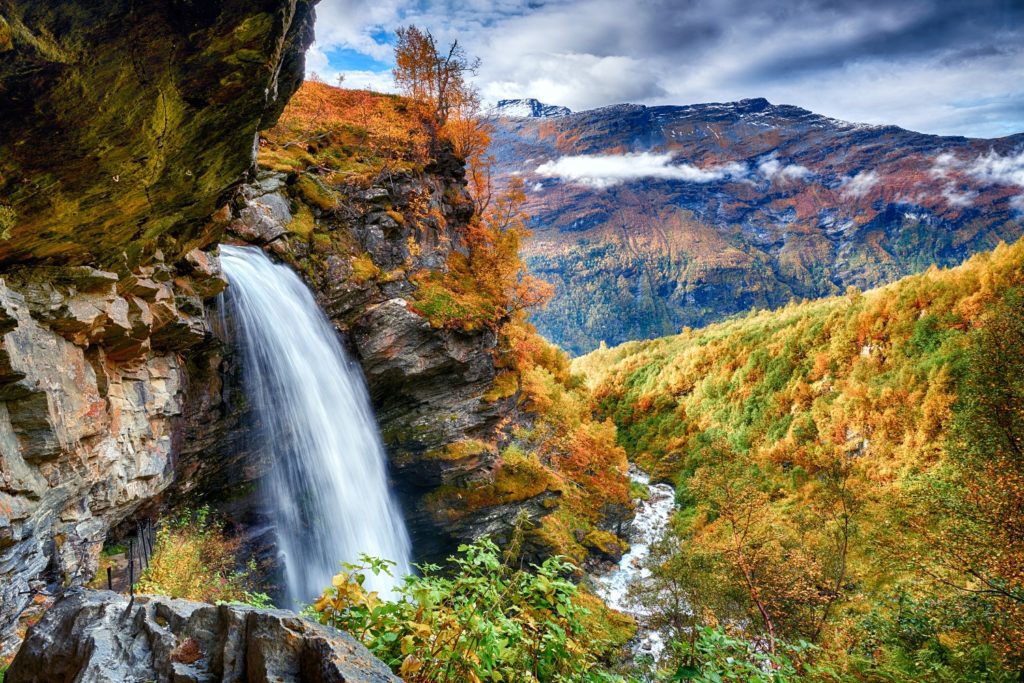
There’s an Icelandic season for everyone
Let’s get one thing clear, Iceland is beautiful all year round. There’s no ‘bad season’. Every time of year has something different to offer the visitor. But what’s important is that new or returning visitors choose a time of year that suits their personal needs and itinerary.
Some are seeking the quieter, darker months, to explore Iceland at its most extreme. Winter months offer colder weather and limited road access but reward the visitor with a greater chance of seeing natural phenomena such as the northern lights. Summer months are more predictable and accessible but bring with them larger crowds of tourists.
Although Iceland is cosied up against the Arctic Circle, it does have four distinct seasons. But winter, spring, summer and autumn are also categorized as shoulder, low and high seasons. Let’s look at the pros and cons of each season:
Winter in Iceland 2023 (low season)
With Iceland being positioned so far north, the winters are usually extremely cold and dark. The winter season is the longest one, stretching from November, through to March. This is the time when Iceland is at its most consistently extreme.
The traditional Norse calendar includes April in the winter months and to this day, Icelanders celebrate a national holiday in April to signal the start of the longer and mildly warmer days. Strictly speaking though, winter runs its course to March. On the shortest day of the year—the 21 December—Reykjavik has over four hours of daylight, with the sun rising at 11:22 and setting at 15:29. But at the beginning of November, Reykjavik gets eight hours of daylight. And in early March, the day lasts for over 10 hours.
Pros of winter:
- See Iceland in its purest and most extreme form. The land of Fire & Ice is mesmerizingly beautiful with snow capped mountains, ethereal winter light and clear dark nights.
- Increase your chances to see natural phenomena such as the northern lights, midnight sun and Iceland’s vast array of naturally formed glaciers which grow larger at this time of year.
- Much of Iceland local life moves indoors, which turns the village cafes and bars into cozy retreats from the aggressive climate. You’ll make more friends this way!
- The world-renowned Icelandic hot springs are arguably at their finest in the winter months, nothing feels more restorative on a frosty day than slipping into a local ‘hot-pot’.
- The island nation is much quieter in winter (low season), which means top-attractions such as Blue Lagoon, South Coast and Golden Circle will be quieter. Accommodation is potentially more affordable in these months, with lower demand.
Cons of winter:
- We can’t underscore enough how challenging the weather can be during these months. Temperatures will plummet, winds can whip up and the days are almost entirely dark from beginning to end. Not for the faint of heart.
- The road options are far more limited. The F-roads (which you’ll need a 4×4 to navigate) can be closed off during the winter months, which limits your areas to explore.
- The daylight is reduced in winter, with 8 hours per day in November, 4 hours per day in December and rising to 10 hours per day by March.
Temperatures in detail:
- Temperatures can plummet to -30 degrees celsius outside of the city, with wind chill making it feel colder still.
- In Reykjavik, temperatures between October and March range between 0.6°C (33.1°F) and 4.9°C (40.8°F).
Read more:
> Things to do in Iceland during snowstorms
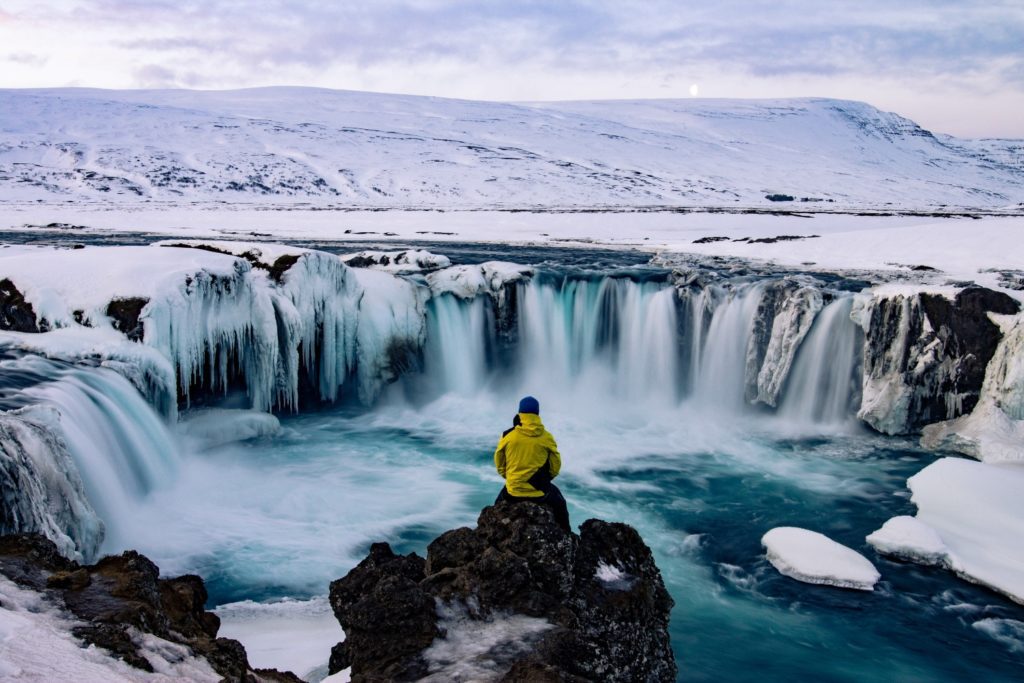
Spring in Iceland 2023 (low season / shoulder season)
Spring in Iceland is like a flitting effervescent dream, one minute it breaks the grip of winter and the next it slips away to welcome the crowded summer months. Spring in Iceland spans the months of March, April, May and early June. It’s a wonderful time to visit the island nation, with March and April bringing longer days, melting snow and more accessible roads.
You’ll also enjoy better weather without the throng of visitors that descend on Iceland’s big-ticket attractions during the high season.
Pros of spring:
- Days are getting longer, with March seeing 10 hours of daylight. Whilst the weather is still unpredictable, the melting of snow starts to make roads and attractions more available. If you want to drive the entire Ring Road, April onwards is a safer bet.
- April sees a national holiday in Iceland to greet the start of the longer and mildly warmer days.
- Arguably the best time of year to visit Iceland’s many beautiful waterfalls. The melting snow will flow into these beauties causing them to rage and flourish after their winter entrapment. Skogafoss Waterfall is a real must-see!
- Prices in spring are in general lower than in winter and summer because this time of year has less demand from tourists. To make the most of this, look to visit before May as the prices will begin to peak again for the high season.
- The back end of spring in late April and May brings about a greater chance to enjoy wildlife moments like whale and puffin spotting.
- Easter is an important moment in the Icelandic calendar and visiting the island nation over this holiday could be a great way to celebrate with family and friends.
Cons of spring:
- The chances of seeing the northern lights begin to diminish from March onwards as the weather warms and increased visitors bring greater light pollution to the skies.
- With the early months experiencing weather spillover from winter, many of the F-roads are still inaccessible which means hiking off the beaten track, or tracking down less visited ‘hot-pot’ springs is still a challenge.
- With the weather beginning to shift, expect wetter weather and increased mist when out hiking – bring a waterproof cover for yourself and your camera!
Temperatures in detail:
- In Reykjavik, temperatures between March and May range between 1°C to 6°C (33.8-42.8 degrees F).
Read more:
> April weather in Iceland: what to expect for your travels
> Top 10 things to do in Iceland in March
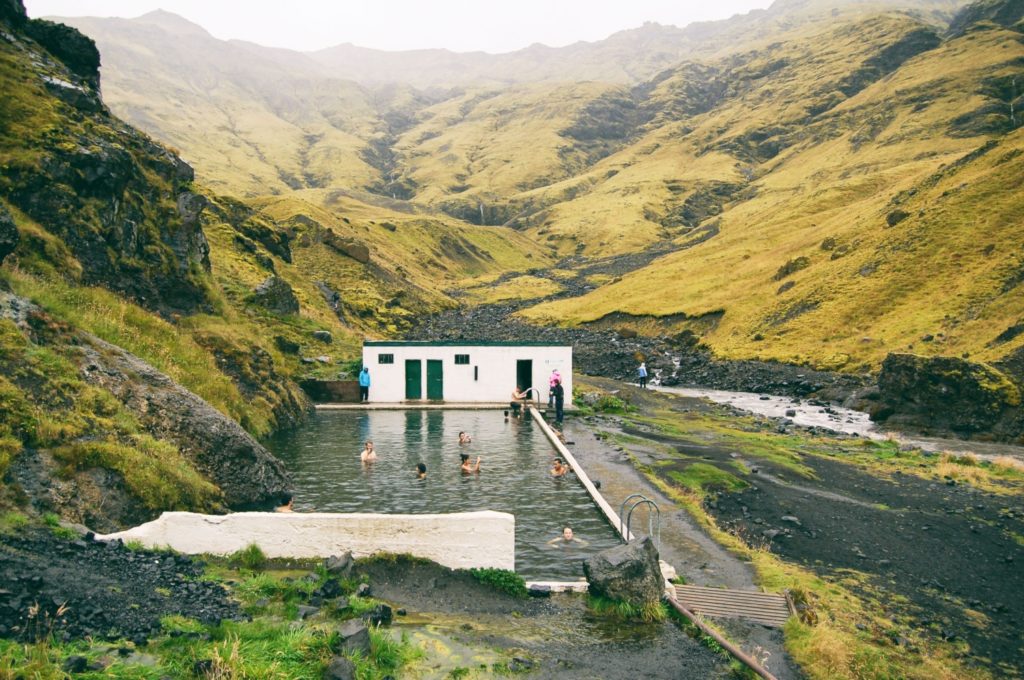
Summer in Iceland 2023 (High season)
‘Summer in Iceland’, it almost sounds like a movie title. Visiting the land of Fire & Ice in the fairer season has many advantages, most of them attributed to warmer and longer days. ‘Warmer’ must be taken with a pinch of salt though, as the weather in Iceland can be uncertain all year round. Expect to experience all four seasons within one day.
The longer days and warmer temperatures do unlock a world of possibilities, with more roads and more big-ticket attractions open to tourists than any other season. It’s also a safer month for first-time visitors because there are fewer hazardous weather events. The height of summer, July & August, is the peak of the tourist season. That means you won’t be alone at famous sites along the Golden Circle or the South Coast. What this does mean, is a better time of year to go off the beaten path.
Pros of summer:
- Warmer days and longer days on average mean more time to explore and sightsee.
- The Icelandic highlands are impassable during the winter (low season) but in the summer, boy are they a sight to behold. Pack your hiking boots and you’ll be rewarded with mesmerizing views over vast glaciers, smoking volcanoes, snow-tipped mountains and more. Only 4×4 vehicles can access the highlands so be sure to explore our 4×4 Geysir range.
- Ice cream dates are a huge thing in summer and Icelandic ice cream will give the best in the world a run for its money. A popular pastime with the locals and a must-do with loved ones, or on your own!
- The chance of spotting whales and puffins seriously increases. Puffins especially love to emerge from their 8 months at sea in late spring and early summer. 60% of the entire
The Atlantic puffin population call Iceland their home. - One of the greatest and most unique attractions of an Icelandic summer is the midnight sun. This natural phenomenon appears thanks to Iceland’s position south of the arctic circle. A Ring Road voyage will ensure you see the midnight sun over the summer months of July & August. With 18 and 23 hours of daylight, you get extra-long days for exploring.
Cons of summer:
- With the longer days, warmer weather and more accessible roads come the downside of more visitors. The summer months are definitely the busiest of the year.
- Big-ticket attractions such as the Blue Lagoon, Golden Circle and the capital Reykjavik will be far busier at this time of year, which can take some of the serenity away.
- Crowds bring higher costs, which means accommodation and flights will be more expensive during these months. There will also be a higher demand for the highest-rated places to eat and stay, which means you’ll need to act fast.
Temperatures in detail:
- In summer, you can expect average temperatures of 10–13 °C (50–55 °F).
- Summer in Iceland is guaranteed to be the warmest weather of the year. Every year, there are warm days in the low to mid-20s °C (68–77 °F).
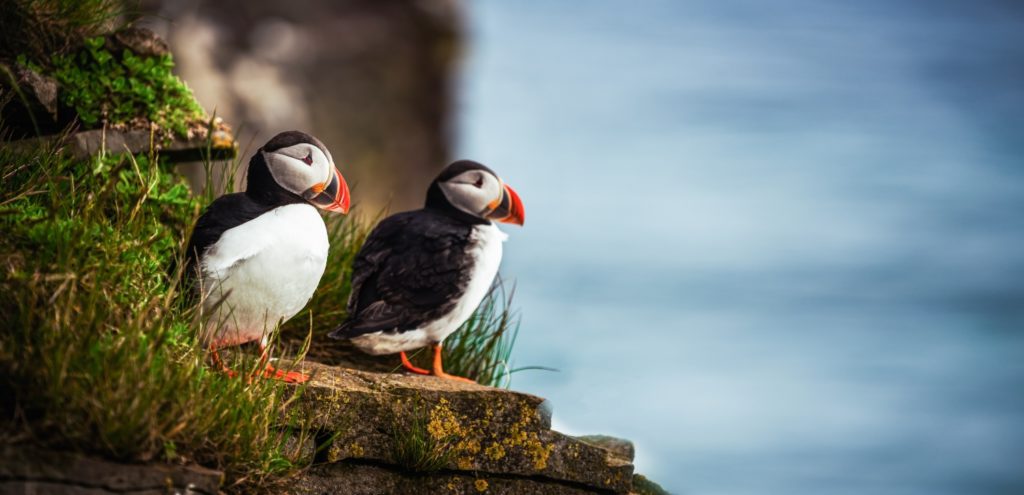
Autumn in Iceland 2023 (High season/shoulder season)
Iceland in autumn is truly a visual masterpiece, an oil painter’s dream. If you plan on travelling to Iceland in late August through to early November, you’ll enjoy everything that autumnal Iceland has to offer. This is truly a beautiful time of year to visit the land of Fire & Ice and you should expect the golden brown of changing leaves, set against crisp blue (but cold) skies. Autumn also brings pleasant surprises such as an increase in wild berries and mushrooms, that with an expert’s advice, can be fun to forage.
Autumnal months bring an increased chance of seeing the northern lights. We’d advise not planning your trip around seeing them as there are better seasons to increase your chances.
Pros of autumn:
- The sheer beauty of the Golden Circle goes up a level in autumn, with the forestry turning to a golden red hue. Make sure to pack a good camera, this justifies a tripod shot! The main stops on the circle are the Golden Waterfall, Geysir Geothermal Area and Þingvellir National Park
- During the summer months, Iceland sheep roam the mountains and fjords, fattening up on grass, herbs and other sheepy snacks. In autumn, they are herded and rounded up by the local communities – which is a sight to behold!
- Overall, tourist levels begin to drop from the end of August, with many families going back to school with the summer holidays over. This means autumn is a quieter season, which brings more space and time to the big-ticket sights such as the Blue Lagoon.
- Meet locals in the swimming pools. These are popular during the autumnal months before the deep cold of winter sweeps in.
Cons of autumn:
- For those looking to see the puffins, autumn is a season to avoid. The puffins will have long flown their summer nests by the time autumn sets in.
- Whale sightings also begin to decrease over autumn, they will still be around until mid-October but the chances of spotting one diminish as winter approaches.
- Snowfall starts to ramp up over autumn, so if you want to avoid the falling white stuff, autumn probably isn’t the season for you.
Temperatures in detail:
- Autumn brings a daily average of around 8 °C (46 Fahrenheit), with the highest temperature on record reaching 18.5 °C (65 Fahrenheit).
- The weather in October in Iceland starts to descend into winter territory, as temperatures drop to 4.5 °C (40 Fahrenheit) as a daily average.
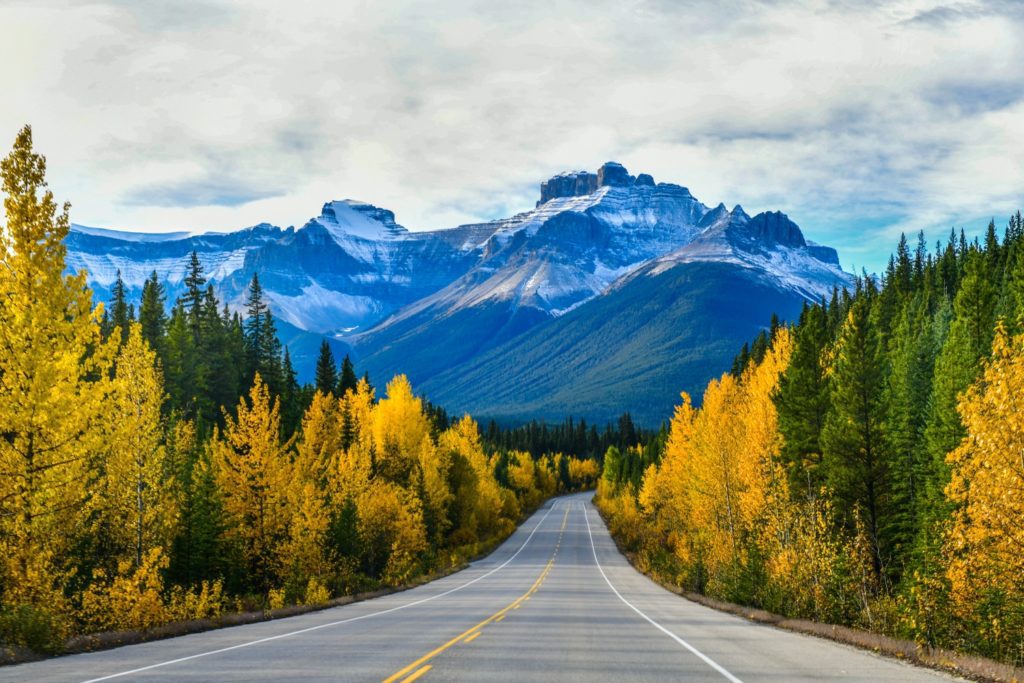
Best time to see whales in Iceland
Seeing a whale is never a certainty, let’s get that straight. These mysterious, slow-moving creatures are elusive and take patience and persistence to see. However, the months of June and July (summer, high season) give you the greatest chance of seeing blue, humpback and orcas whales. In the north of Iceland, there’ll be a greater window to enjoy visits from humpbacks, dolphins and minks, which ply the Atlantic from May to August.
If you’re staying in Reykjavik, the good news is you’ll also have a good chance of seeing whales over June and July. A number of minke whales and dolphins have been known to surface around the capital’s waters. Orcas congregate in West Iceland along the Snaefellsnes peninsula during the first half of the year.
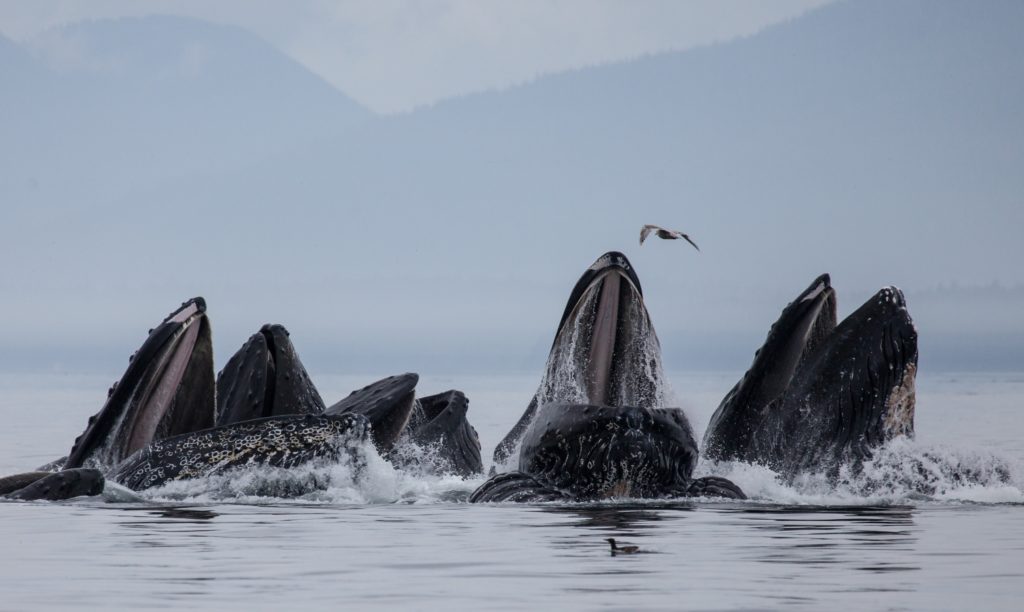
Best time to visit the hot springs
There’s not necessarily a straightforward answer to this one. Iceland’s hot water baths or natural spring baths are an essential part of local culture and a key reason why many tourists visit the island nation. In truth, the hot springs can be enjoyed all year round and despite winter being a more inhospitable climate, the hot springs seem increasingly welcoming when the winter winds are whipping around you. Autumn also brings snowfall, which can be a unique experience in a hot water bath.
In truth, winter or autumn are probably the best times. Summer months bring warmer weather and popular springs like the Blue Lagoon will be extra busy. The island also has hundreds of hidden “hot pots” that tap directly into the geothermal activity under its lava-ridden surface. These can be harder to find in winter due to less road accessibility, so keep that in mind.
Read more:
> Ten of the best geothermal heated baths to visit in Iceland – any time of year
> Best hot springs to visit in Iceland
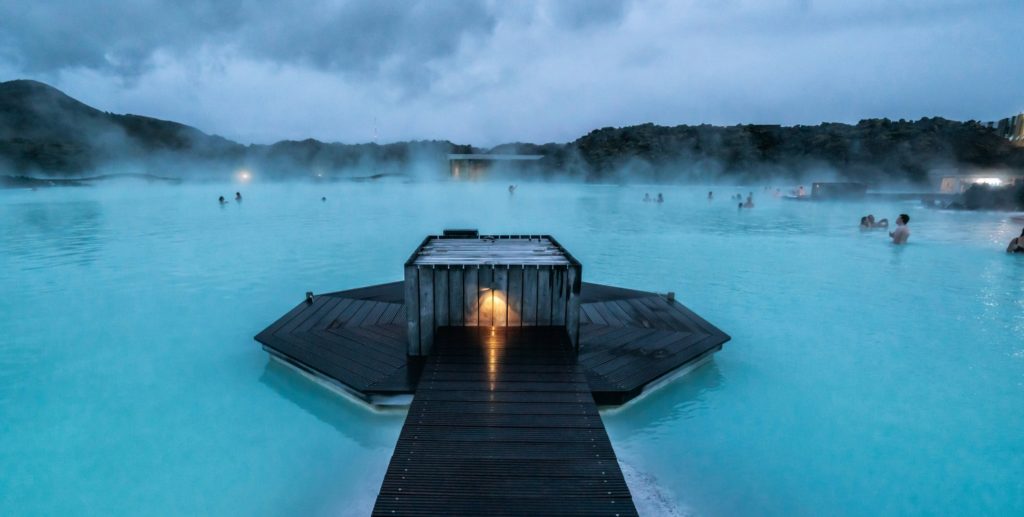
Best time to visit for Northern Lights
Chasing the northern lights has become a cult movement in itself and Iceland is certainly a great destination to see them. There are three crucial components that a visitor needs to see the aurora borealis: a clear sky from light pollution, total darkness and an uptick in solar activity.
Viewing can be elusive, many visitors plan extensive periods in Iceland but still fail to catch a glimpse. Neon winds and transient clouds can often spoil the party, although these are spectacular weather spectacles in their own right. The best time to visit Iceland for the northern lights is the depth of winter, from mid-October through to March. Here you’ll find the most challenging weather conditions and the coldest nights but the drop in visitors means less light pollution and quieter roads to hunt them down.
Read more:
> 7 Top Tips to maximize your chances of seeing the Northern lights in Iceland
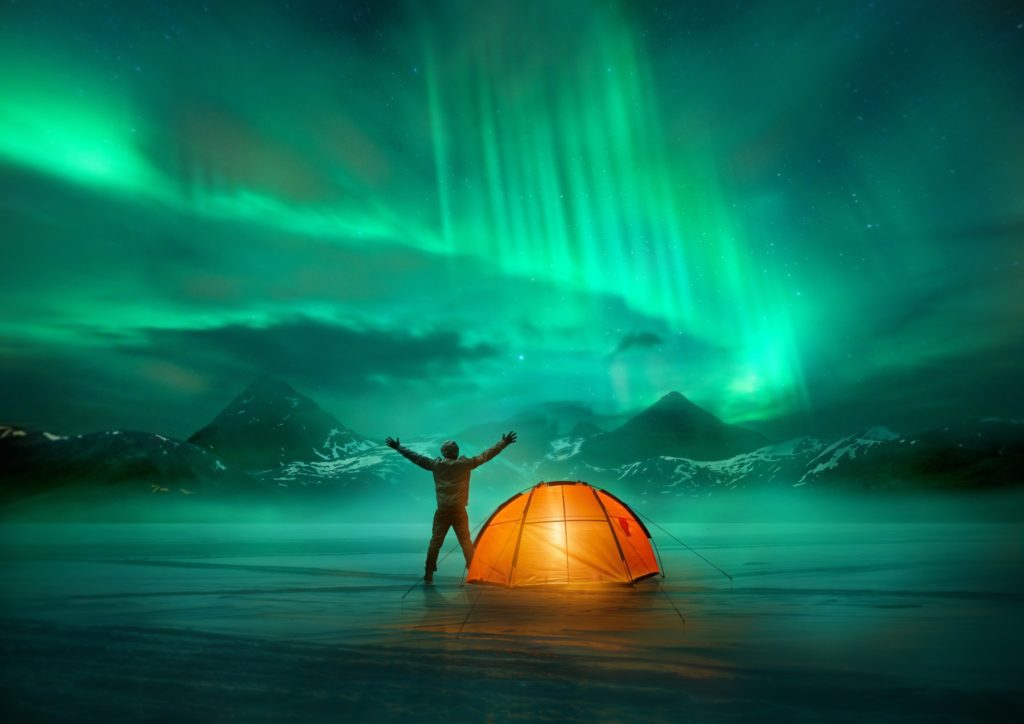
Worst time to visit Iceland
The answer is, it depends on what you want from your Iceland trip.
Those chasing the midnight sun and longer hours of daylight will visit in the summer months, flocking to the big-ticket attractions such as the Golden Circle, the Blue Lagoon and the capital Reykjavik. They won’t stand a chance of seeing the northern lights.
Those hunting the northern lights, slip out to Iceland in the darker winter months, as the chances of seeing the natural phenomenon increase drastically. Travellers coming in the spring and autumn are looking for a blend of quieter roads and hikes, with more palatable weather than winter.
In short, the summer months bring crowds and more expensive accommodation, which make it on the surface the worst time to visit. But if you want to experience the long hours and the midnight sun, you’ll have to stomach the sightseers! If you are planning to visit during the summer months, consider more remote corners of the island like the Westfjords or East Iceland. Also, keep an eye out for puffins and whales!
Cheapest time to visit Iceland
Despite popular belief, travelling to Iceland in 2023 will be relatively affordable compared to other European destinations. Iceland is yet to hit its 2018 peak of 2 million annual tourist arrivals, so 2023 could offer the perfect blend of full accessibility but quieter than usual seasons.
Travellers from the United States and Europe frequently find flight deals to the island country — keep an eye out for sales on Icelandair, an airline renowned for cheaper flights to Iceland.
In short, as the winter months slide into spring, these are the cheapest months to visit. In the UK, US and EU, these months don’t overlap with any major holidays. The spring months also sit between the popular winter months for northern lights hunting and the summer months for the warmer and longer days. We’d recommend looking at flights, accommodation and Geysir car hire for spring 2023. At Geysir, we also offer an early-bird discount for those booking their car rentals 30 days ahead or more.
Read more:
> How expensive is Iceland? 7 financial facts about visiting the country
FAQs on the best time of year
- What is the best time of year for riding horses?
Iceland is famous for its incredibly cute (and stocky) horses, they’re a real treasured species on the island nation. May or September are the best months for riding these iconic horses. The weather is still fairer than in the winter months and the crowds have died down from the high season. Seeing Iceland on horseback is an incredible experience and these months are the best to do it.
- When is the best time for skiing?
Yes, you can ski in Iceland. We know, epic. The season officially runs from December through to April but we’d only recommend skiing in December or January if you are a real expert. The extreme weather conditions make it considerably more unpredictable and dangerous. February and March bring fresh snowfall (powder) and slightly longer days. However, these months are still extremely cold so be sure to research the correct layers and clothing to pack.
- When is the best time to visit the Blue lagoon?
The Blue Lagoon is a big ticket attraction and is available to view all year round. We’d recommend visiting it in the autumn or early winter months to enjoy a quieter Blue Lagoon and you’ll increase your chances of getting snowfall too!
- Will any of the roads be closed in the winter months?
Yes, many of the F-roads and sections of the ring road will be closed during the winter months. This means if you want to go hiking or off the beaten path, you’re better off waiting for autumn, spring or summer.
- Best time for hiking?
The Icelandic highlands in autumn are truly something to behold. That is all.
- What does it mean by high, low and shoulder season?
Whilst Iceland has four distinct seasons like the rest of Europe (winter, spring, summer and autumn) these seasons fall into three broader categories. The high season is the summer months, the low season is the winter months and the shoulder seasons are the spring and autumn months that ‘shoulder’ the low and high seasons.
Read more:
> 19 tips for traveling to Iceland (2023 edition)
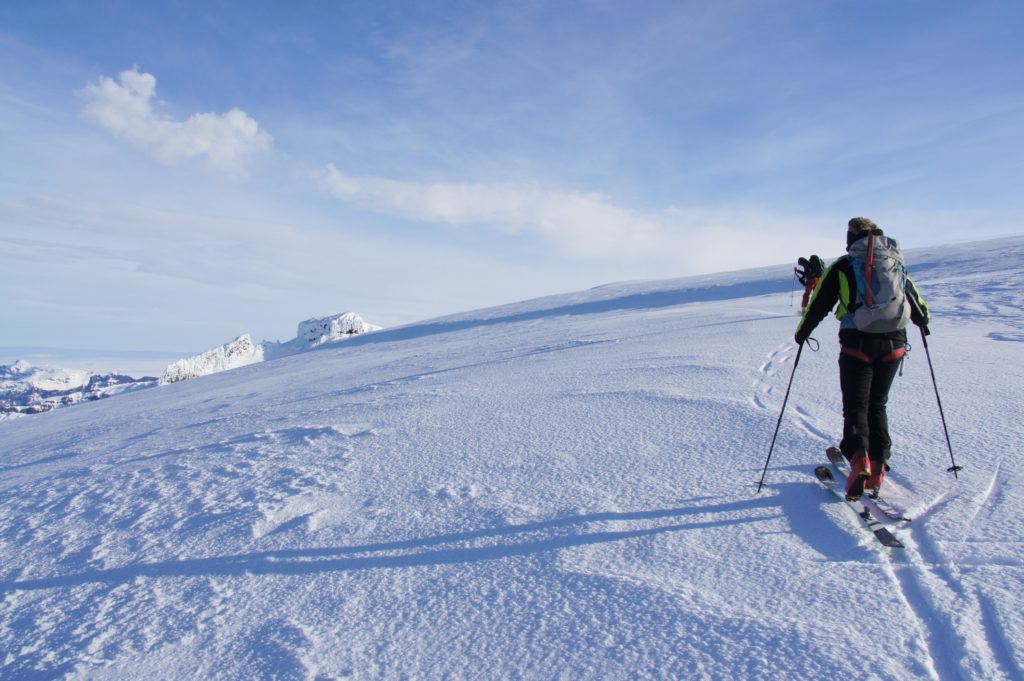
Conclusion: 5 things to consider:
- Are you going for the northern lights? If yes, go in the deeper winter months.
- Are you going to do a ‘little bit of everything’? If yes, visit in May or September.
- Are you a wildlife lover seeking whales and puffins? Then the summer months are for you.
- Do you hate crowds and want the ultimate Iceland serenity? Avoid the busier destinations during the summer months or visit in winter, autumn or spring.
- Do you want to keep costs as low as possible? If yes, visit in autumn or spring.
Start planning your next Iceland trip and explore this beautiful country at your own pace. At Geysir Car Rental Iceland, we have a rental car for all your road trip needs. Learn more about our cars here and book yours today.
Back